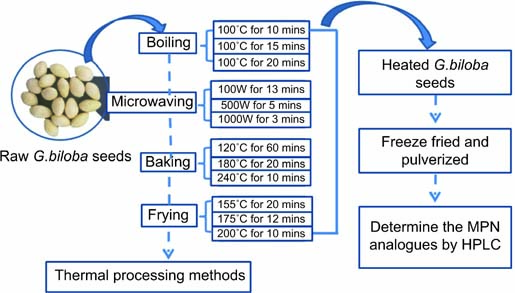Thermal processing is defined as the aggregate of temperature and time required to remove a specific number of microorganisms from a food product.
The three general equipment classifications for thermal processing equipment are:
- Batch
- Semi-continuous
- Continuous
Classification used depends upon the scope of production and the nature of the business. While the science behind heat treatment remains mostly the same, definite advantages can be achieved from selective oven and furnace types. As an example it is possible to follow through the annealing process in air furnaces, vacuum furnaces, and gas purged retort furnaces, amongst others. Correspondingly the surface chemistry process of carburizing can be carried out in a range of equipment types including batch and continuous atmosphere controlled furnaces, pusher furnaces, or vacuum furnaces. The range of furnace types is exceedingly different.
The term “Thermal” refers to processes intricating heat. Heating is a successful way of conserving. The basic motive for the thermal processing of food is, to reduce or eliminate microbial activity, reduce or eliminate enzyme activity, and to bring out physical or chemical changes, to make the food meet an evident quality excellence.
There are three main temperature categories employed in thermal processing.
- Blanching
- Pasteurization
- Sterilization
There are two more categories gentle Processes and More nasty Processes. Mild Processes contains Blanching and Pasteurization, and more nasty Processes accommodate canning, baking, roasting, frying and etc.

Blanching: The primary purpose of blanching is to demolish enzyme activity in fruit and vegetables. It is not planned as a sole method of conservation. But as a pre-treatment prior to freezing, drying and canning. Blanching is carried out at up to 100o using hot water. Blanching carries out steam.
Pasteurization: Pasteurization is an adequately gentle heat treatment.in which food is heated to less than 100o.It is extensively used all over the food industry. It can be used to demolish adequately heat sensitive. It can be used to demolish adequate heat sensitive micro-organism. It is used to increase shelf life.
The two group of micro-organism that get through pasteurization temperatures used in milk are THERMODURIC and THERMOPHILLIC. Thermoduric organisms can get through adequately high temperatures but it’s not mandatory that at these temperatures organism will grow e.g. streptococcus and Lactobacillus. Thermophillic organisms get through high temperatures but they require high temperature for their growth.
Sterilization: Sterilization is a controlled heating process used to completely remove all living micro-organisms, including thermo resistant spores in milk or other food. It can be accomplished by, moist heat, Dry heat, filtration, irradiation, or by chemical methods. Sterilization used to eliminate all the bacteria and all the bacterial spores.
The most important characteristics of the equipment in a continuous-flow thermal process are to make sure that the foodstuff acquires both a minimum enumerated process temperature and also maintains that temperature for a specified time.
The equipment itself must also be of a standard of construction that allows it to be presterilized, that is, heat treated to a time-temperature combination greater than the foodstuff is to receive just before operation with the foodstuff, to stop recontamination of the product in the course of cooling and storage before aseptic packaging. All continuous-flow thermal processes to make sure that the minimum holding time is accomplished by designing the holding tube to be of the correct length for the designed volume throughput of foodstuff and then controlling the flow rate through the process to ensure that at no time does it out strip the designed value.
The minimum temperature is make sure by a temperature sensor at the end of the holding tube, which can handle a flow diversion valve and alarm, recycling under processed product back to the feed tank.
We at KERONE have a team of experts to help you with your need for Thermal Processing Equipment from our wide experience. For any query write us at info@kerone.com or visit www.kerone.com

Comments
Post a Comment